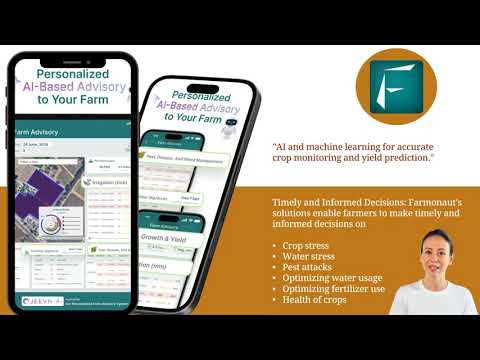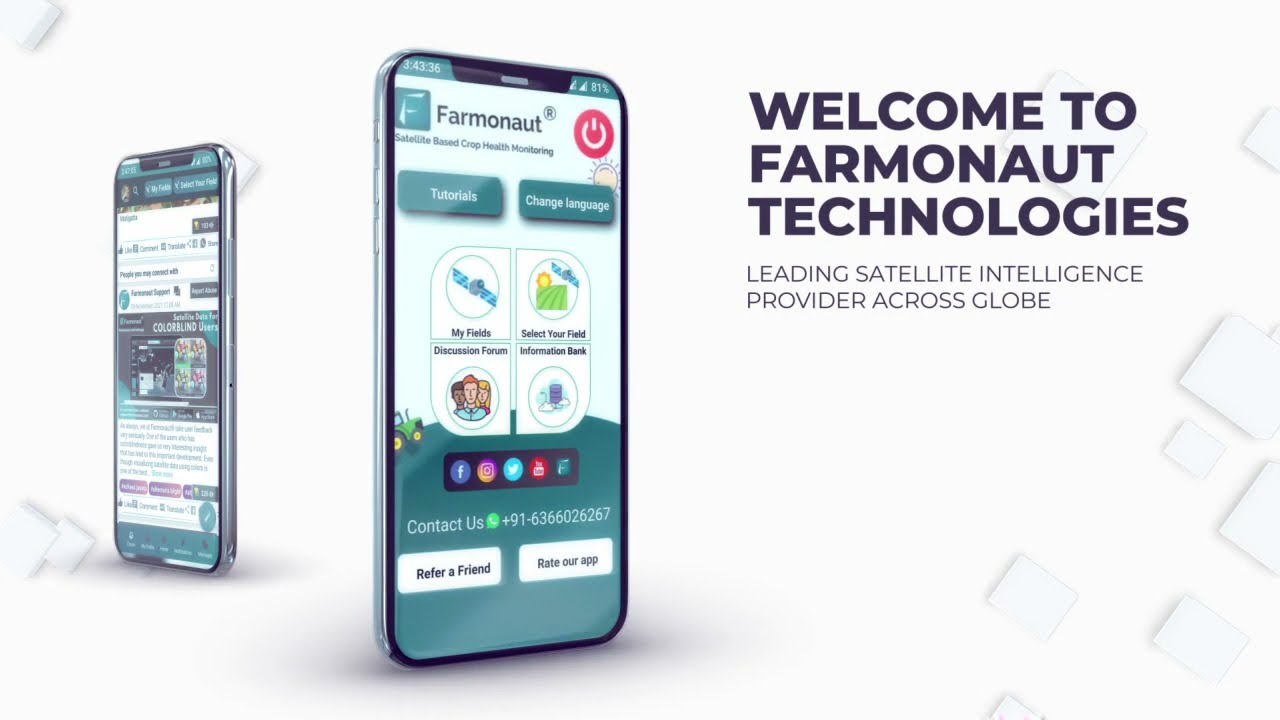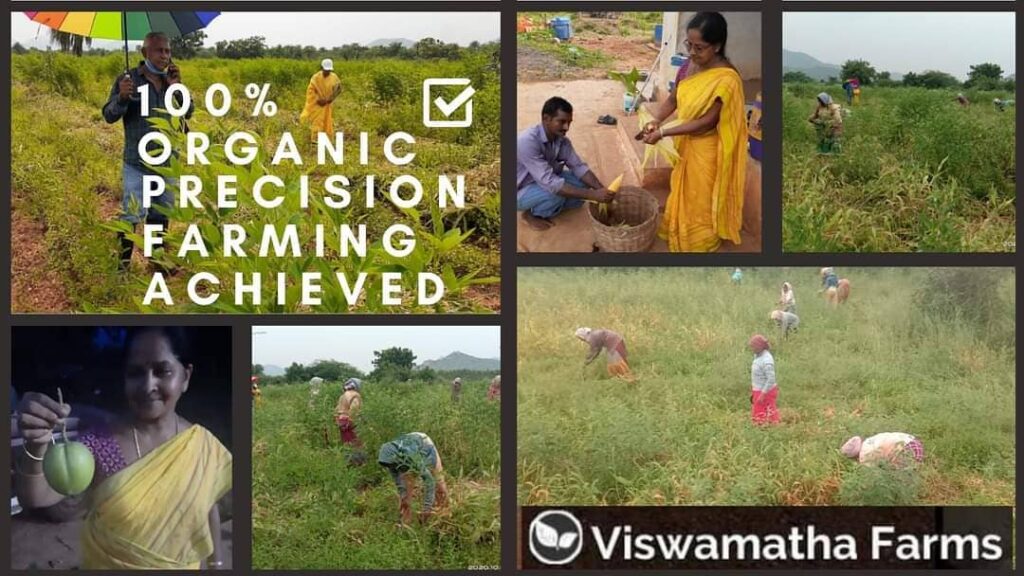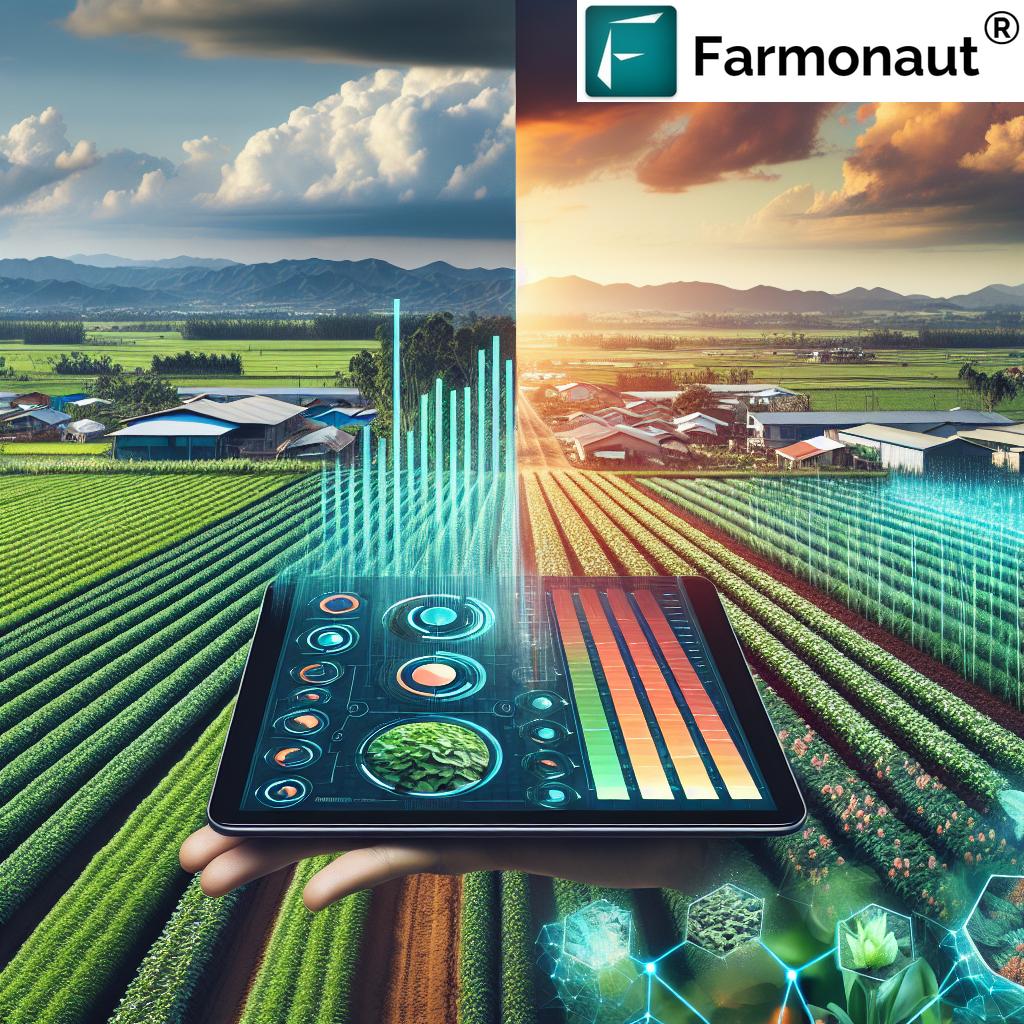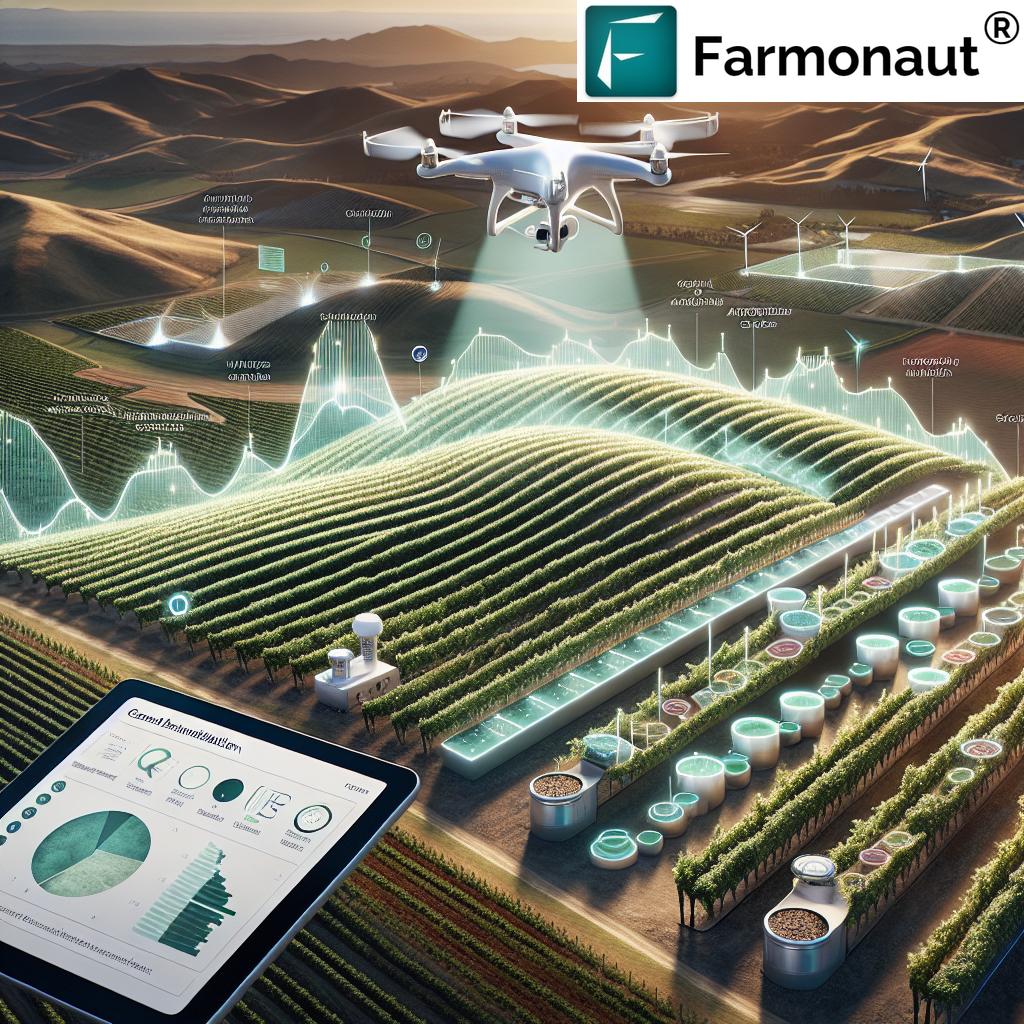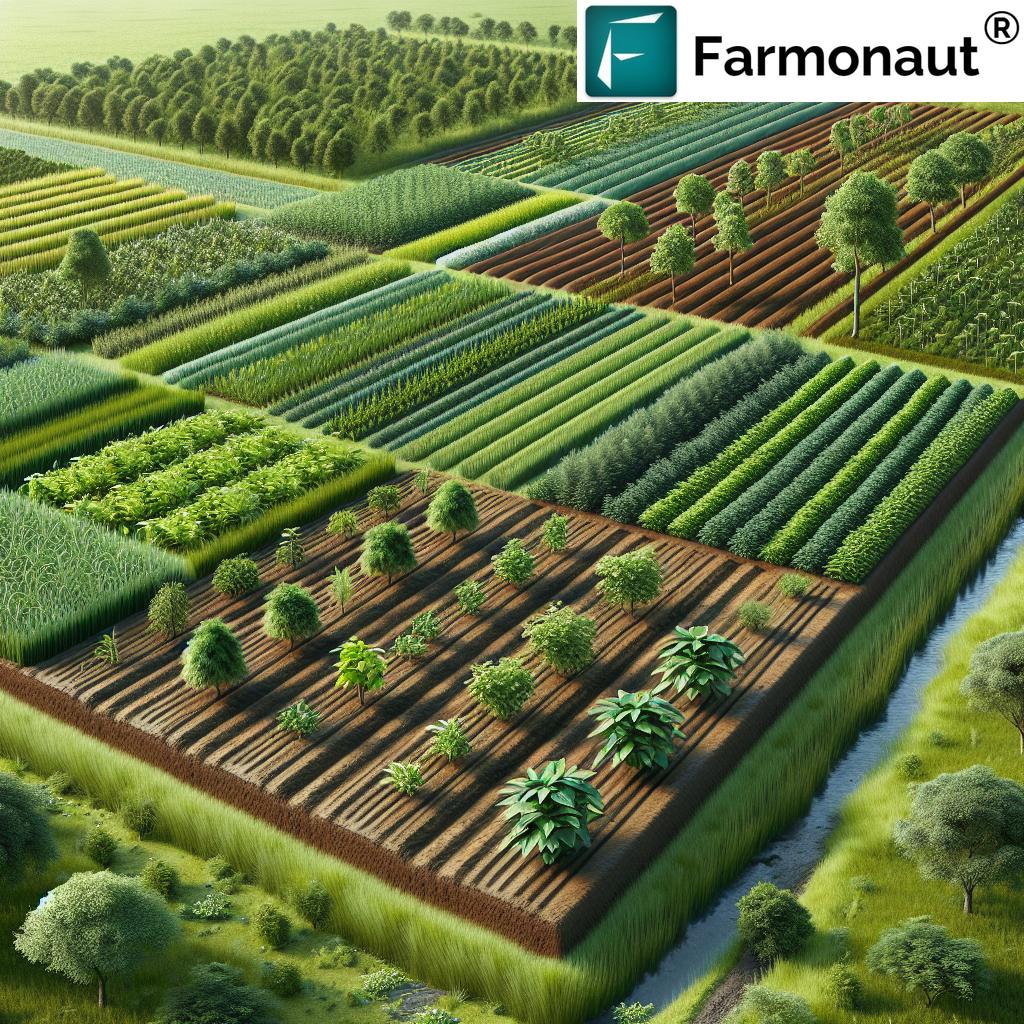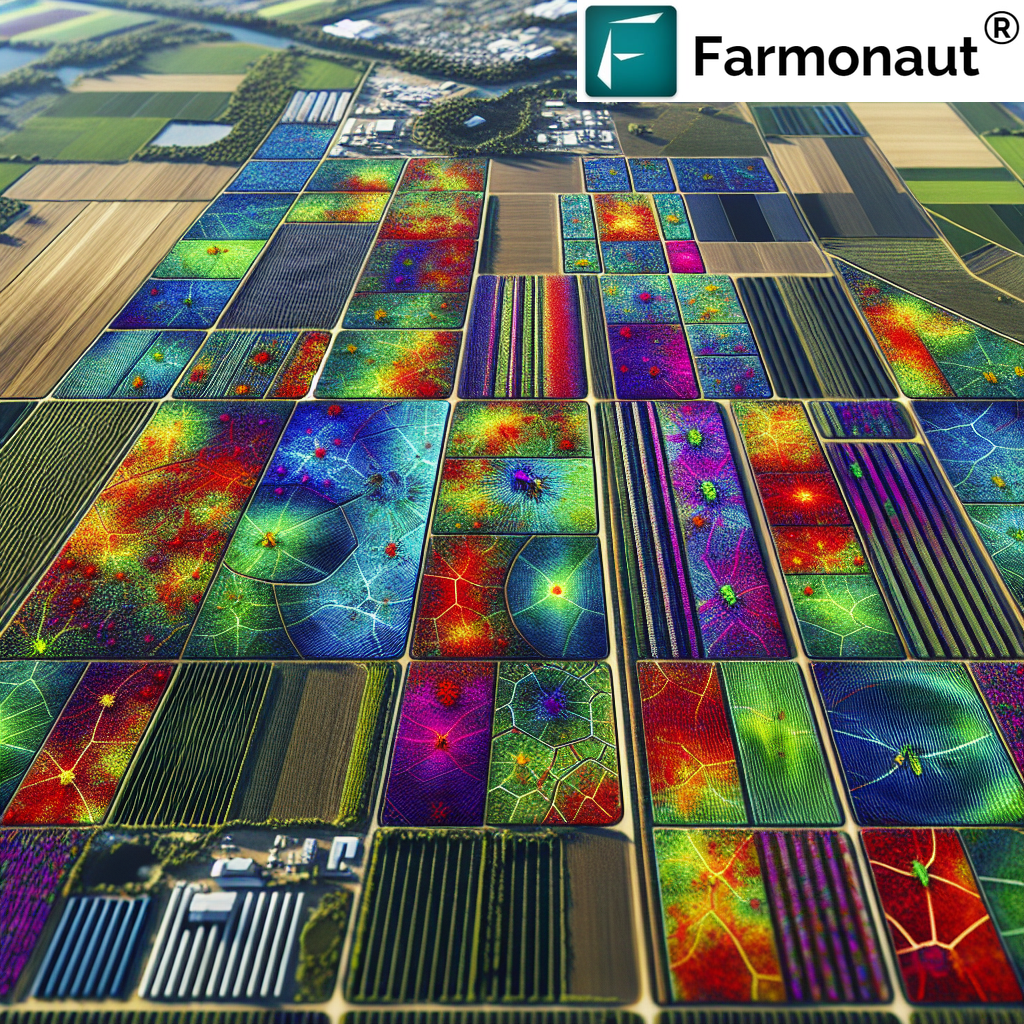Indoor Plant Market Trends: Biophilic Design Drives Sustainable Growth in Smart Urban Gardening
Welcome to our comprehensive analysis of the indoor plant market trends, where biophilic design is propelling sustainable growth in smart urban gardening. As we delve into this burgeoning industry, we’ll explore how the integration of nature into our living spaces is not just a passing fad, but a fundamental shift in how we approach our indoor environments.
“The global indoor plant market is projected to reach USD 32.78 Billion by 2034, growing at a CAGR of 4.85%”
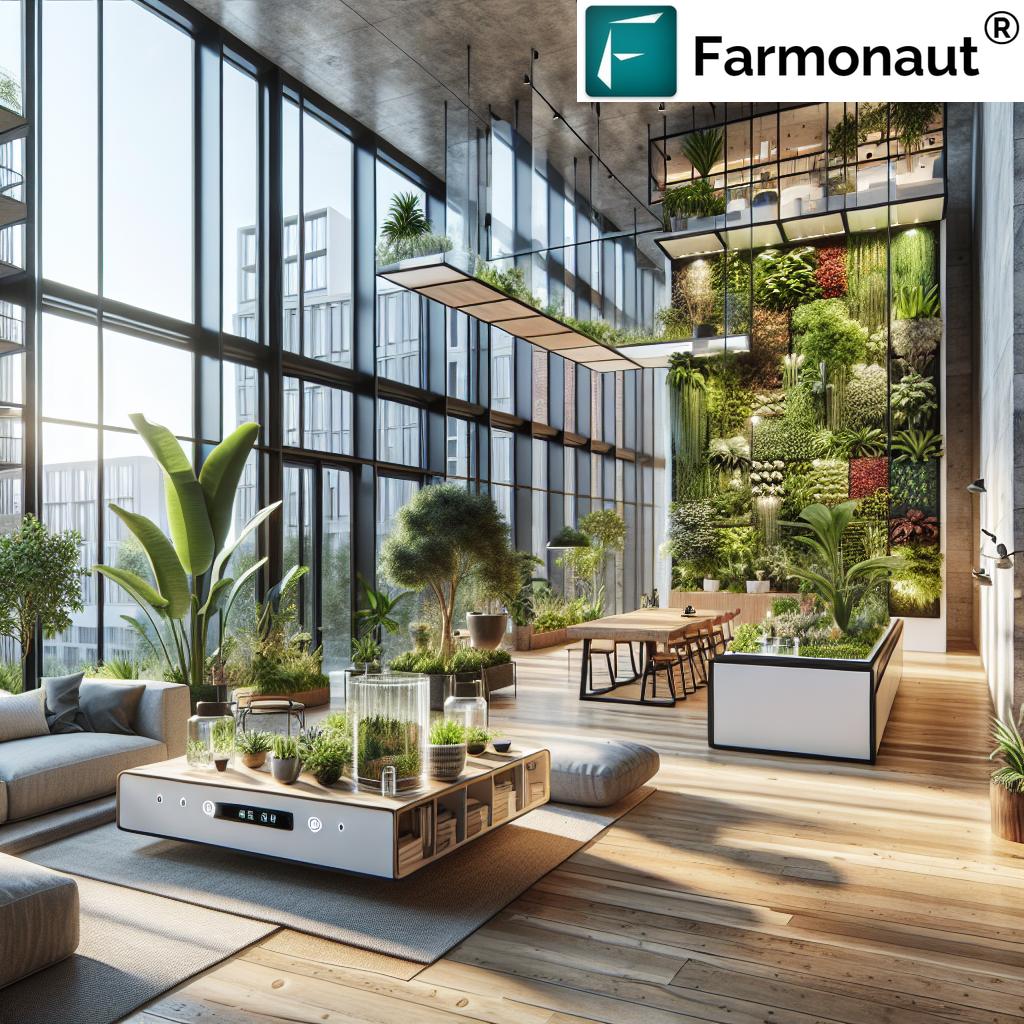
The indoor plant market is experiencing a remarkable transformation, driven by the growing awareness of biophilic design benefits and the increasing focus on wellness in our daily lives. As urbanization continues to rise, people are seeking ways to reconnect with nature within their homes and workspaces. This trend has led to a surge in demand for indoor plants, creating a vibrant and dynamic market landscape.
Market Dynamics and Growth Factors
Several key factors are contributing to the robust growth of the indoor plant market:
- Biophilic Design Movement: The integration of natural elements into interior spaces is gaining momentum, with indoor plants playing a central role in creating healthier and more aesthetically pleasing environments.
- Health and Wellness Focus: Consumers are increasingly aware of the air-purifying properties of certain indoor plants, driving demand for natural solutions to improve indoor air quality.
- Urbanization: As more people move to cities, the desire to bring nature indoors has intensified, leading to innovative urban gardening solutions.
- Sustainability Trends: The growing emphasis on sustainable living has boosted interest in indoor plants as a way to reduce carbon footprints and promote eco-friendly lifestyles.
- Technological Advancements: Smart indoor gardening technology is revolutionizing plant care, making it easier for consumers to maintain healthy plants with minimal effort.
“The indoor plant industry is embracing e-commerce transformation and subscription models, catering to urban gardening trends.”
Market Segmentation and Product Offerings
The indoor plant market offers a diverse range of products to cater to various consumer preferences and needs:
- By Type:
- Shade-Loving Plants
- Low Light Plants
- High Light Plants
- By Product Type:
- Succulent Plants
- Herbaceous Plants
- Woody Plants
- Others
- By Application:
- Absorption of Harmful Gases
- Home Decoration
This diverse segmentation allows consumers to find plants that suit their specific environmental conditions and aesthetic preferences. From air-purifying varieties to decorative specimens, the market offers solutions for every indoor space.
Technological Integration in Indoor Gardening
Smart indoor gardening technology is revolutionizing the way people care for their plants. Innovative solutions such as self-watering systems, automated lighting, and IoT-enabled monitoring devices are making plant care more accessible and efficient. These advancements are particularly appealing to urban dwellers and busy professionals who want to enjoy the benefits of indoor plants without the time-consuming maintenance.
For those interested in leveraging technology for agricultural purposes, Farmonaut’s crop plantation and forest advisory services offer valuable insights for larger-scale plant management. While primarily focused on outdoor agriculture, the principles of data-driven plant care can be adapted for indoor environments as well.
Sustainability and Eco-Friendly Practices
The indoor plant market is increasingly aligning with sustainability goals, reflecting broader consumer trends towards eco-conscious living. This shift is evident in several areas:
- Organic Growing Practices: Many producers are adopting organic cultivation methods, reducing the use of harmful pesticides and fertilizers.
- Eco-Friendly Packaging: There’s a growing trend towards biodegradable or recyclable packaging materials for plant products.
- Water Conservation: Innovative watering systems and drought-resistant plant varieties are gaining popularity, addressing water scarcity concerns.
- Carbon Footprint Reduction: Local sourcing and optimized supply chains are helping to minimize the carbon footprint of indoor plant production and distribution.
For businesses looking to track and reduce their environmental impact, Farmonaut’s carbon footprinting services provide valuable tools for monitoring and managing carbon emissions in agricultural and horticultural operations.
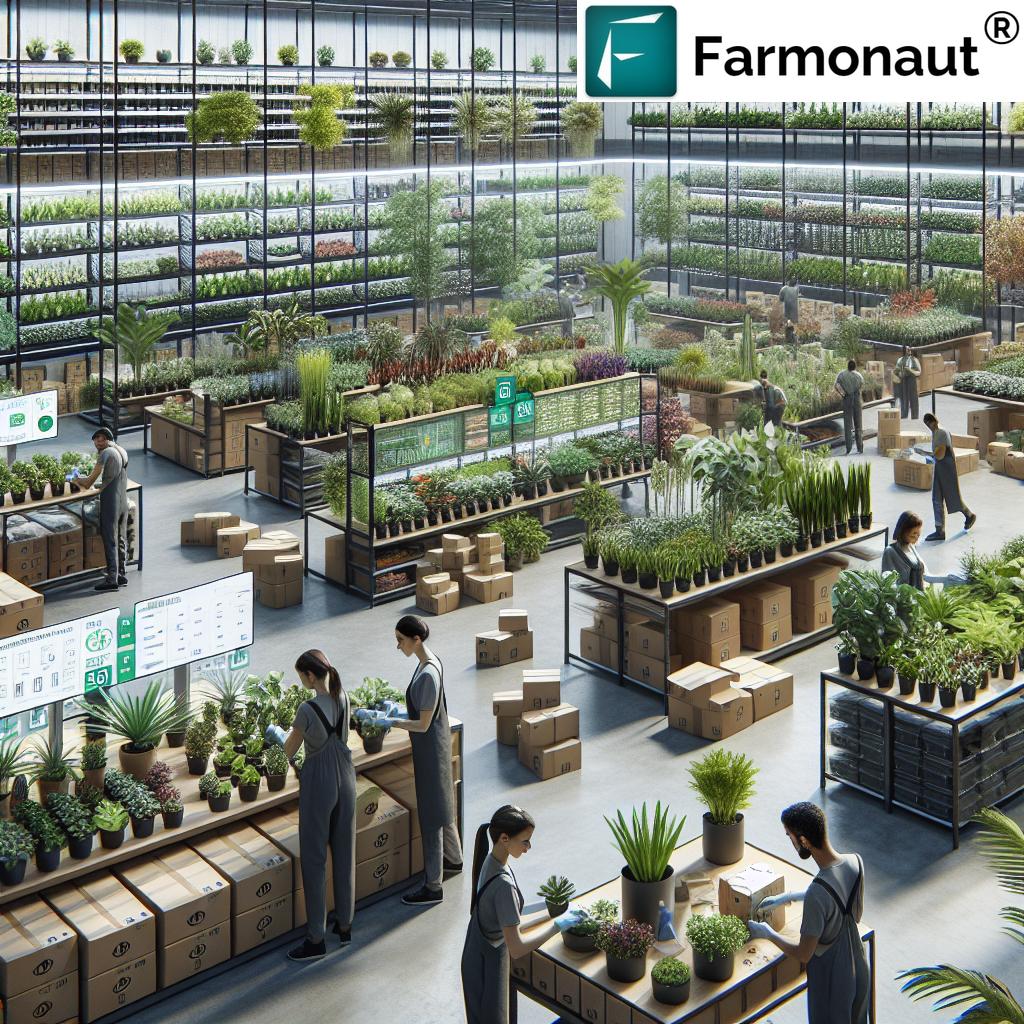
E-commerce and Digital Transformation
The indoor plant market has experienced a significant shift towards online sales channels, accelerated by recent global events. E-commerce platforms have become integral to the industry, offering several advantages:
- Wider Product Selection: Online marketplaces provide access to a vast array of plant species and varieties not typically found in local nurseries.
- Convenience: Consumers can browse and purchase plants from the comfort of their homes, with doorstep delivery options.
- Educational Resources: Many online platforms offer detailed care instructions and tips, empowering consumers to make informed decisions and successfully care for their plants.
- Virtual Consultations: Some retailers now offer virtual plant consultations, providing personalized advice on plant selection and care.
This digital transformation has not only expanded market reach but also fostered a community of plant enthusiasts who share knowledge and experiences online.
Subscription Models and Community Engagement
Subscription-based services are gaining traction in the indoor plant market, offering several benefits to consumers:
- Regular Plant Deliveries: Subscribers receive curated selections of plants on a recurring basis, introducing variety and novelty to their indoor gardens.
- Customized Care Packages: Many subscriptions include tailored care instructions, specialized fertilizers, and maintenance tools.
- Community Building: These services often foster online communities where subscribers can share tips, showcase their plants, and participate in virtual events.
This model not only ensures a steady revenue stream for businesses but also promotes customer loyalty and engagement in the long term.
Regional Market Analysis
The indoor plant market exhibits distinct characteristics across different regions:
- North America: Characterized by a strong focus on air-purifying plants and smart gardening solutions. The U.S. market is particularly innovative, with a growing interest in rare and exotic plant varieties.
- Europe: Emphasis on sustainable and organic plant care practices. Countries like Germany and the Netherlands are leaders in indoor plant cultivation and export.
- Asia-Pacific: Rapid urbanization is driving demand for space-efficient indoor plants. Countries like Japan and Singapore are at the forefront of integrating plants into urban architecture.
- LAMEA (Latin America, Middle East, and Africa): Growing awareness of biophilic design in commercial spaces is boosting market growth. There’s also an increasing interest in native plant species for indoor cultivation.
| Region | Current Market Size (USD Billion) | Projected Market Size 2034 (USD Billion) | CAGR (%) | Key Growth Drivers |
|---|---|---|---|---|
| North America | 6.12 | 9.83 | 4.85 | Smart technology integration, health-conscious consumers |
| Europe | 5.71 | 9.18 | 4.85 | Sustainable practices, biophilic office designs |
| Asia-Pacific | 5.10 | 8.19 | 4.85 | Rapid urbanization, air quality concerns |
| LAMEA | 3.48 | 5.58 | 4.85 | Growing middle class, increasing disposable income |
| Global Total | 20.41 | 32.78 | 4.85 | Biophilic design, wellness trends, technological advancements |
Future Outlook and Market Projections
The indoor plant market is poised for continued growth, with several trends shaping its future:
- Personalization: Expect to see more customized plant care solutions and personalized plant recommendations based on individual living spaces and lifestyles.
- Vertical Gardening: As urban spaces become more compact, vertical gardening solutions for indoor environments will likely gain popularity.
- Edible Indoor Gardens: The trend of growing herbs and small vegetables indoors is expected to expand, driven by interest in sustainable living and fresh, organic produce.
- Advanced Air Purification: Research into plants with enhanced air-purifying capabilities may lead to new varieties specifically bred for indoor air quality improvement.
- Artificial Intelligence in Plant Care: AI-powered plant care assistants and predictive maintenance systems could become more prevalent, making plant care even more accessible to novice gardeners.
For businesses looking to leverage technology in plant management on a larger scale, Farmonaut’s large-scale farm management solutions offer valuable insights that could be adapted for commercial indoor plant operations.
Challenges and Opportunities
While the indoor plant market is thriving, it also faces several challenges:
- Supply Chain Disruptions: Global events can impact the sourcing and distribution of plants and related products.
- Pest and Disease Management: Indoor environments can be conducive to certain pests and diseases, requiring ongoing research into safe and effective control methods.
- Education and Skill Gap: Many consumers lack the knowledge and skills for proper plant care, leading to plant mortality and potential market attrition.
- Water Conservation: As water scarcity becomes a growing concern, developing water-efficient plant care solutions will be crucial.
However, these challenges also present opportunities for innovation and market differentiation. Companies that can address these issues effectively will likely gain a competitive edge in the market.
The Role of Technology in Market Growth
Technology is playing an increasingly vital role in the growth of the indoor plant market. From smart sensors that monitor plant health to apps that provide care reminders and diagnostics, tech innovations are making plant care more accessible and enjoyable for consumers. This trend aligns with the broader movement towards smart homes and IoT-enabled devices.
For those interested in advanced agricultural technology, Farmonaut’s traceability solutions offer insights into how technology can be used to track and manage plant health and growth cycles, which could be adapted for indoor plant retail and care.
Consumer Trends and Preferences
Understanding consumer trends is crucial for success in the indoor plant market. Some key preferences include:
- Low-Maintenance Plants: Busy urban dwellers often prefer plants that require minimal care, such as succulents and snake plants.
- Air-Purifying Varieties: Plants known for their air-cleaning properties, like spider plants and peace lilies, are in high demand.
- Aesthetic Appeal: Consumers are increasingly viewing plants as decor elements, driving interest in visually striking varieties.
- Pet-Friendly Options: As pet ownership rises, there’s growing demand for non-toxic plant options safe for homes with animals.
- Rare and Exotic Plants: Plant enthusiasts are showing increased interest in unique and hard-to-find species, creating niche market opportunities.
Market Strategies for Success
To thrive in the competitive indoor plant market, businesses should consider the following strategies:
- Embrace Omnichannel Retailing: Integrate online and offline sales channels for a seamless customer experience.
- Focus on Education: Provide comprehensive care guides and resources to empower customers and reduce plant mortality rates.
- Invest in Sustainability: Adopt eco-friendly practices in production and packaging to appeal to environmentally conscious consumers.
- Leverage Social Media: Use platforms like Instagram and Pinterest to showcase products and engage with plant enthusiasts.
- Offer Customization: Provide personalized plant selection services based on customers’ living spaces and care preferences.
- Develop Strategic Partnerships: Collaborate with interior designers, wellness experts, and technology providers to create innovative offerings.
For businesses looking to expand their reach, Farmonaut’s affiliate program offers an opportunity to earn while promoting sustainable agricultural practices. While primarily focused on outdoor farming, the principles of sustainable growth and technology adoption are relevant to the indoor plant market as well.
Earn 20% recurring commission with Farmonaut’s affiliate program by sharing your promo code and helping farmers save 10%. Onboard 10 Elite farmers monthly to earn a minimum of $148,000 annually—start now and grow your income!
Conclusion
The indoor plant market is experiencing a renaissance, driven by biophilic design trends, sustainability concerns, and technological advancements. As consumers increasingly seek to bring nature into their living and working spaces, the market is responding with innovative products, services, and business models.
From smart gardening solutions to subscription-based plant deliveries, the industry is evolving to meet the needs of a diverse and growing customer base. The integration of technology, sustainable practices, and personalized experiences is shaping the future of indoor plant retail and care.
As we look towards 2034, the projected market size of USD 32.78 Billion represents not just financial growth, but a fundamental shift in how we interact with nature in our indoor environments. The indoor plant market stands at the intersection of wellness, technology, and sustainability, poised to play a significant role in shaping healthier, more vibrant indoor spaces for years to come.
FAQs
- What are the most popular indoor plants for air purification?
Some of the most effective air-purifying indoor plants include Spider Plants, Peace Lilies, Snake Plants, and Boston Ferns. - How is technology changing indoor plant care?
Smart sensors, automated watering systems, and AI-powered plant care apps are making it easier for people to maintain healthy indoor plants with minimal effort. - What is biophilic design, and how does it relate to indoor plants?
Biophilic design is an approach that seeks to connect building occupants more closely to nature. Indoor plants are a key element of this design philosophy, helping to create more natural, healthy, and productive indoor environments. - Are there any indoor plants that are safe for pets?
Yes, several indoor plants are safe for pets, including Spider Plants, Boston Ferns, and Areca Palms. Always research plant toxicity before bringing new plants into a home with pets. - How can I start an indoor garden in a small apartment?
Start with low-maintenance plants like succulents or herbs. Utilize vertical space with hanging planters or wall-mounted systems. Consider using grow lights if natural light is limited.
For more information on how technology is revolutionizing agriculture and plant care, visit Farmonaut’s API and explore their API Developer Docs.




